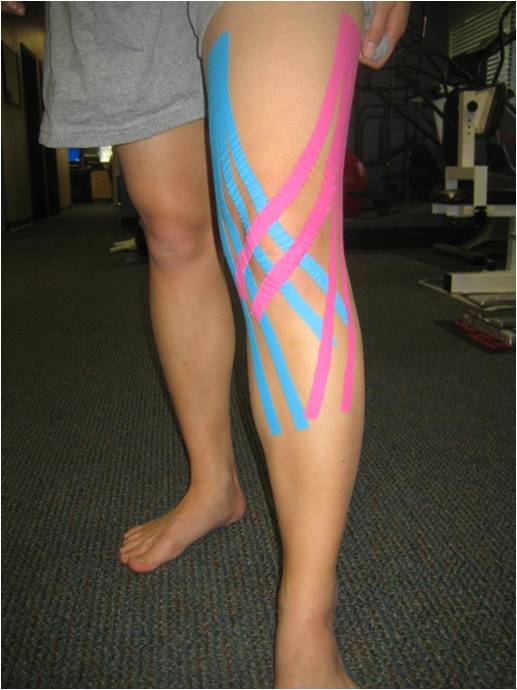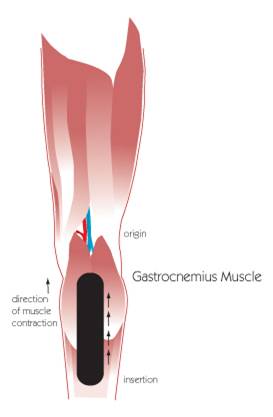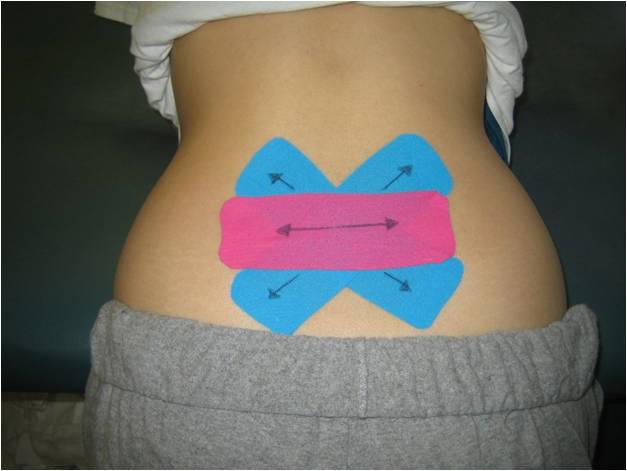If you have seen any sporting event in the last few years, you’ve undoubtedly seen Kinesio Taping®. Although it has been around for many years, Kinesio Taping® really gained its popularity following the 2008 Summer Olympic Games especially when many of the athletes wore Kinesio Tape®. Since then, Kinesio Taping® can be seen nearly everywhere, from professional athletes to patients with a variety of injuries here at ProActive Physical Therapy.
So what is it and what does it do?
Kinesio Tape® is elastic tape developed by Dr. Kenzo Kase from Japan in the 1980’s with the intent to improve painfree motion in an injured person. The theory behind the Kinesio Taping® method is opposite from what we generally think when we use athletic tape. Instead of using the tape to encase a joint and prevent movement (such as with a sprained ankle), the idea of Kinesio Taping® is to use no more than a strip or two of tape and to encourage full, painfree range of motion of the joint. Kinesio Tape® is used to decrease pain by draining edema from swollen tissues, inhibiting a tight muscle or facilitating a weak muscle and by taking pressure off a painful tissue.
To drain edema, the tape is cut in small strips that are placed around, over and beyond the area of swelling. The tape is laid without any stretch along the skin and, as the person moves, the elasticity of the tape gently lifts the top layer of skin. This decreases the compression of the blood vessels and muscle fibers below, opens the capillaries, and allows the edema to drain as well as the muscles to contract with less pain.

Kinesio Tape® can also be used to inhibit a tight muscle or facilitate a weak muscle. For example, the gastrocnemius, or calf muscle, is often tight. By applying the tape with a slight stretch from the muscles insertion at the bone to the origin, the elastic rebound of the tape will give proprioceptive feedback to your brain encouraging your muscle to relax. To facilitate a weak muscle to contract, the tape is placed from the muscle’s origin to the insertion and the elastic rebound of the tape provides feedback to your brain to contract the muscle.

Finally, to take pressure off an injured tissue, the tape can be placed over the painful area with most of the stretch taken out. When placed in this manner, the elastic rebound will “lift” pressure off the injured tissue, decreasing pain.

Kinesio Taping® is a wonderful adjunct to physical therapy helping decrease pain and encourage motion. In addition, Kinesio Tape® can be worn for 3-5 days and you can even shower with it which means you can be painfree for days after application. If you are interested in learning more about Kinesio Taping® or if you have an injury that may benefit from Kinesio Taping®, please contact ProActive Physical Therapy today!

